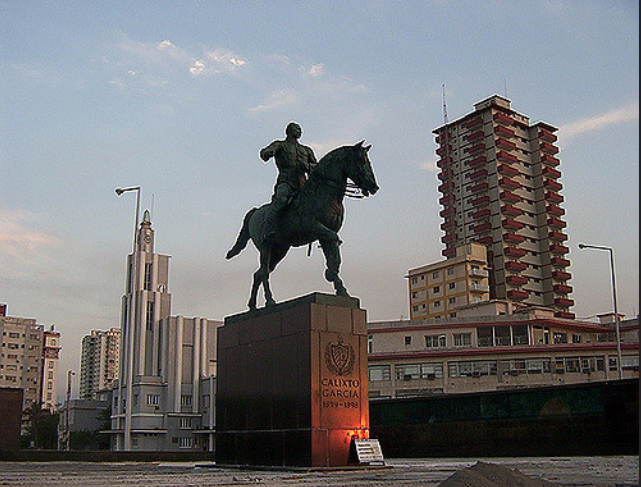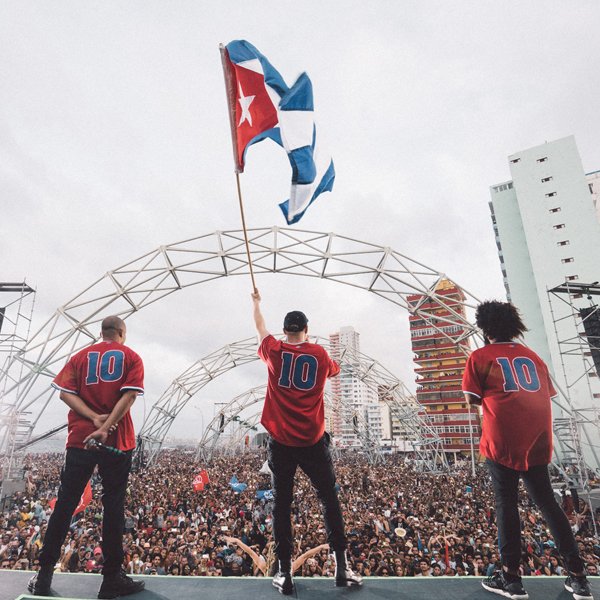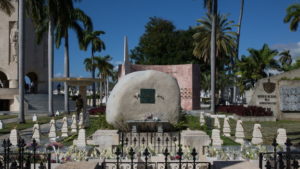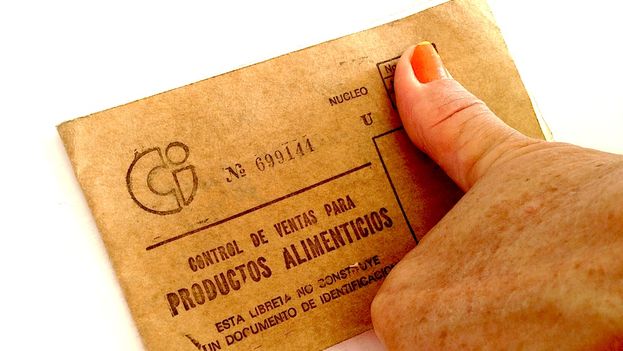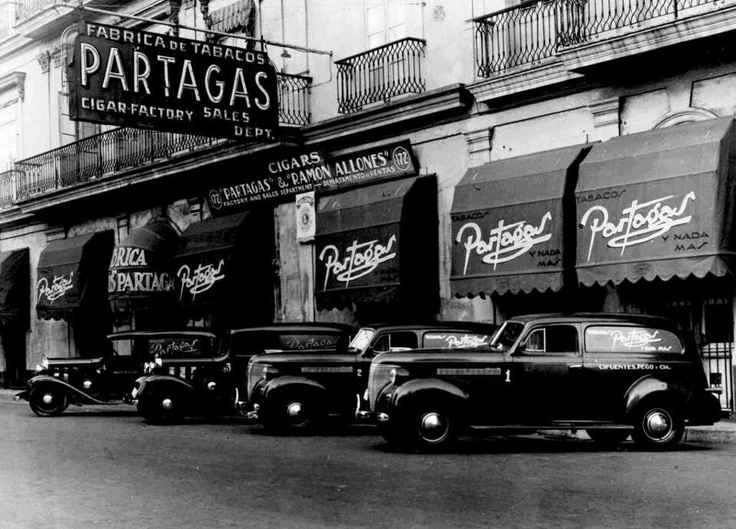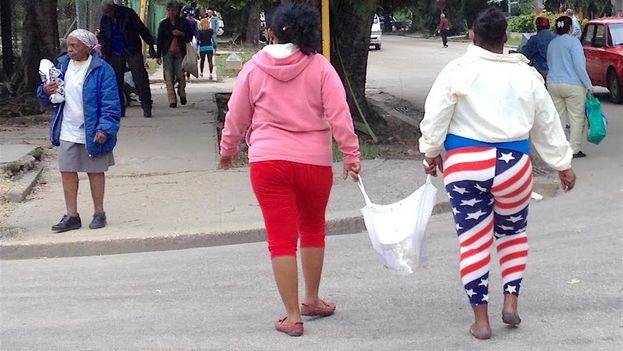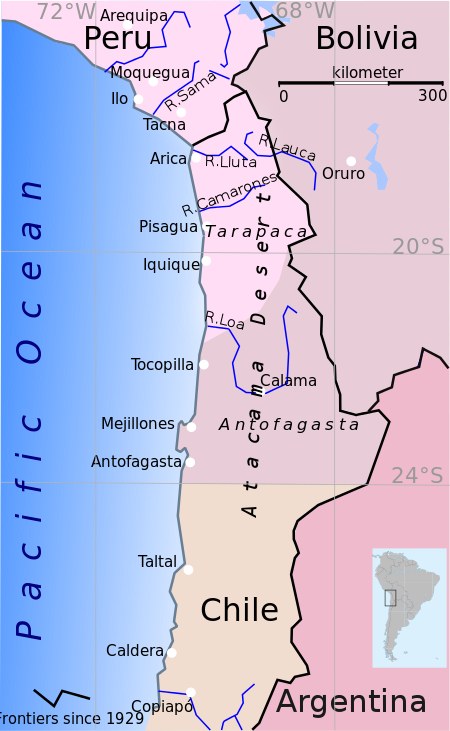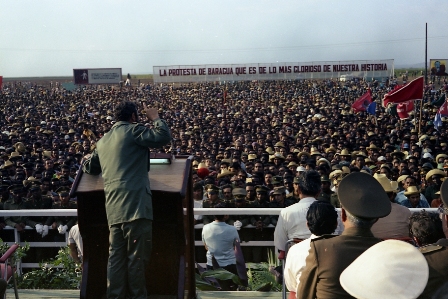
Fernando Damaso, 9 January 2018 — I have always respected those who avoid extreme positions, which, in short, do not lead to anything good even if, at certain times, they might be considered correct.
The Pact of the Zanjón was a wise and intelligent decision, which responded to the reality of the time in which it was signed, although it was rejected by some and criticized historically by many, and its signatories with disparagingly referred to as “zanjoneros,” ignoring all their accumulated merits during years of struggle
The Baraguá Protest was an example of stubbornness, which did not respond to the reality of the moment, although it was approved by some and its participants honored by historians. In short, it lasted only a few days and, in the end, the “Protestors,” with a few exceptions, accepted the Covenant they had repudiated. continue reading
Without the the Pact of Zanjón it would have been impossible to preserve and rebuild the forces that, years later, would participate in the War of Independence that ended in 1898, since these individuals would have been decimated and their main leaders sacrificed in vain.
Years later, with the acceptance by the most reasonable Cubans of the Platt Amendment, the emergence of the Republic would have been impossible, because the US occupation troops would not have left Cuba, and Cuba would have become a protectorate, without actually constituting Nation, regardless of everything bad that would have flowed from this.
If. in the 1930s, the intelligence of certain groups had prevailed instead of their ambitions, the reality would have been different, and the country would have moved more quickly on the path of development.
If, in the decade of the 50s, those who worked for a political and non-violent solution had triumphed, instead of those who believed in armed struggle, we would have avoided these six decades of backwardness and misery.
That is, betting on the extremes has never been synonymous with wisdom, although some people are more attracted to noise and hubbub than to good sense. It would be convenient if, in the days and months to come, the latter would prevail.

